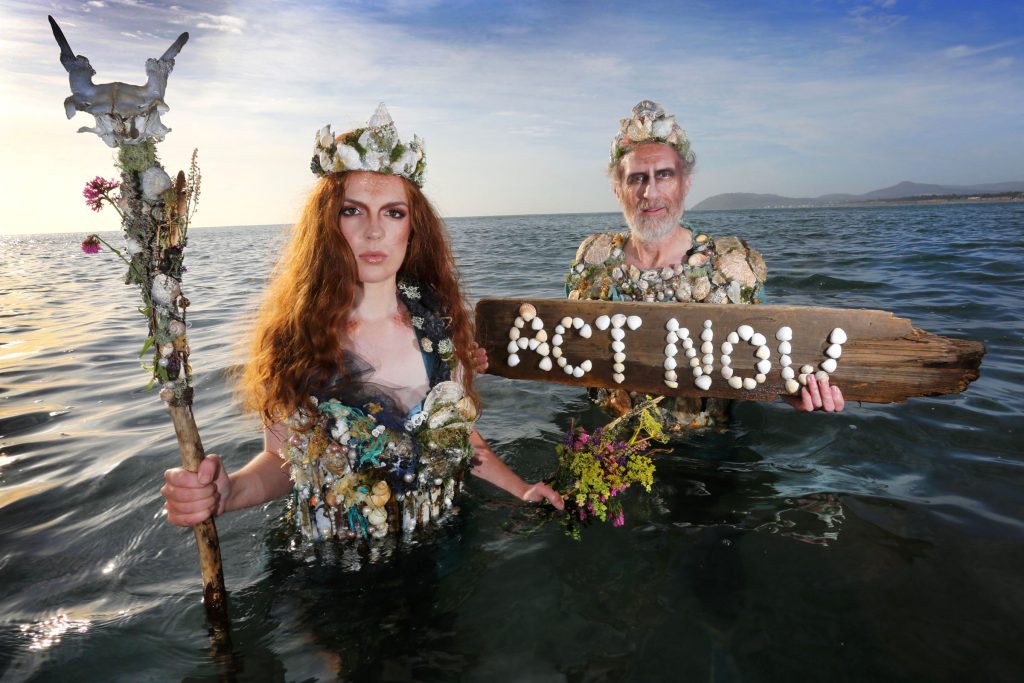2019 Arctic ice second lowest on record, NASA

October 2nd, 2019
The total amount of Arctic sea ice in 2019 is tied for the second-lowest on record, according to new research from NASA.
According to data analysis conducted by NASA and the National Snow and Ice Data Centre (NSIDC), Arctic sea ice levels at the end of this summer drew level with 2007 and 2016 as the second-lowest levels since modern recording began in the late 1970s.
The Arctic ice cap grows and thickens during the autumn and winter months, and thins and shrinks in the following spring and summer.
Over the past few decades, as temperatures increase due to climate change, the Arctic ice cap has decreased in size year-round with rapid reductions in the minimum end-of-summer ice extent.
“This year’s minimum sea ice extent shows that there is no sign that the sea ice cover is rebounding,” NASA climate change senior scientist Claire Parkinson said. The long-term trend for the Arctic sea ice cap has been “definitively downward”, she added.
Walt Meier, a sea ice researcher at NSIDC, said that the beginning of August saw “record low ice levels for that time of the year, so a new minimum record low could have been in the offering”.
He added that the European heatwave “definitely affected land ice loss in Greenland” that saw its largest loss of volume in 60 years in just one day this summer.

Global sea-level rise
The NASA findings come the same month as a new landmark UN report found that global sea level is rising twice as fast as it did during the 20th century.
The new special report from the Intergovernmental Panel on Climate Change (IPCC) also found that the rise in sea levels is expected to continue for centuries to come.
Even if emissions are sharply reduced and global warming is limited to below the 2C target outlined in the Paris Agreement, the report notes that sea levels could rise by up to 60 cm by 2100.
If greenhouse gas emissions continue to increase significantly, sea-level rise could be anywhere between 60 to 110 cm, the UN body warned.
The warming atmosphere is causing glaciers and ice sheets to melt, as well as the acidification of ocean waters as seas have absorbed between 20 to 30 per cent of carbon emissions since the 1980s.
As a result, sea levels have risen substantially, and storms have intensified, both of which threaten over a billion people worldwide.
A total of 670 million people living in high mountain regions depend on glaciers, while 680 million people in low-lying coastal zones are vulnerable to rising sea levels and hurricanes, such as small island developing states that are home to 65 million people.
[x_author title=”About the Author”]







